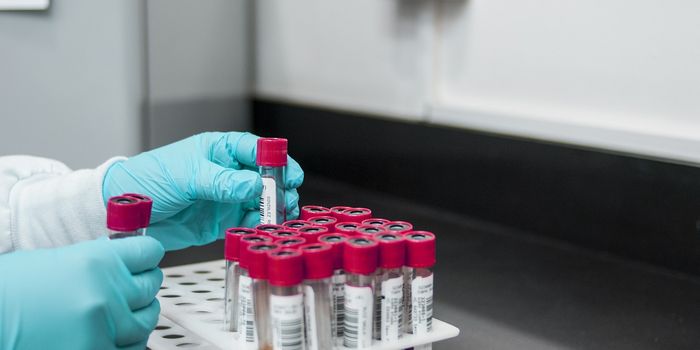Rare Mutations May Help Explain Some Diseases of Aging
When the TREX1 gene is functioning normally, it produces a protein that helps maintain DNA in cells throughout the body. Mutations in the TREX1 gene are known to cause a rare and serious disease called retinal vasculopathy with cerebral leukoencephalopathy (RVCL), and scientists have now shown how TREX1 mutations lead to serious damage in the genomes of carriers over time. The findings have been reported in Nature Communications.
Now that researchers know that TREX1 mutations can accelerate DNA damage, they might be able to develop better therapeutics for RCVL patients. They also suspect that TREX1 could be involved in many other disorders.
"It seems that accelerated DNA damage in RVCL causes the premature aging of certain cells, including the cells in the blood vessel wall," said co-senior study author Jonathan Miner, MD, PhD, an associate professor at the Perelman School of Medicine at the University of Pennsylvania. Miner is featured in the video below, and provides some information about RVCL.
If this premature aging is occurring, it may be possible to use TREX1 as a target for treating a wide variety of aging-linked disorders, such as cancer, or cardiovascular or autoimmune disorders, added Miner.
There are only about 200 RCVL patients in the entire world, and the disease may be mistaken for some types of cancer, lupus, or multiple sclerosis. Patients experience a breakdown of the small blood vessels in their body, which can impact a wide variety of organ systems including bones, kidneys, eyes, and the brain. Symptoms may vary and might not start until patients are 40 or 50 years old; they can include small strokes and memory loss. Organ damage eventually happens, and brain atrophy and blindness occurs. Right now, there is no treatment for the disease, and the disease is fatal within a decade of symptom onset.
"We're hopeful that our work will put us on the path toward improving the lives of patients with RVCL," said co-senior study author Taisuke Kato, PhD, an associate professor at Niigata University.
In this study, the researchers used an animal model and human cells to model the TREX1 mutations, and determined that they shorten the TREX1 protein, leading to cellular instability and damage that resembles radiation exposure. TREX1 mutations were disrupting a cellular mechanism that repairs breaks in both strands of the double-stranded DNA molecule. This led to a deletion of aberrant DNA, and early cessation of cell division, which can cause premature aging and organ damage.
Now that the pathology behind RVCL has been revealed, scientists determined that people with TREX1 mutations are also vulnerable to damage from chemotherapy. An elevated risk of breast cancer was also seen in TREX1 mutation carriers, similar to carriers of BRCA1 and BRCA2 mutations.
This work could help researchers develop therapies for RCVL patients. But some medications that already exist might be useful for patients too.
"Until those therapies are developed, we are working to figure out whether certain mediations already FDA-approved for the treatment of other diseases might be repurposed for RVCL or potentially impact TREX1 levels in the body overall," Miner said. "TREX1 levels increase with age in multiple tissues in all humans, even in healthy individuals without RVCL, and we need to understand the processes linked to this."
Sources: Perelman School of Medicine at the University of Pennsylvania, Nature Communications









